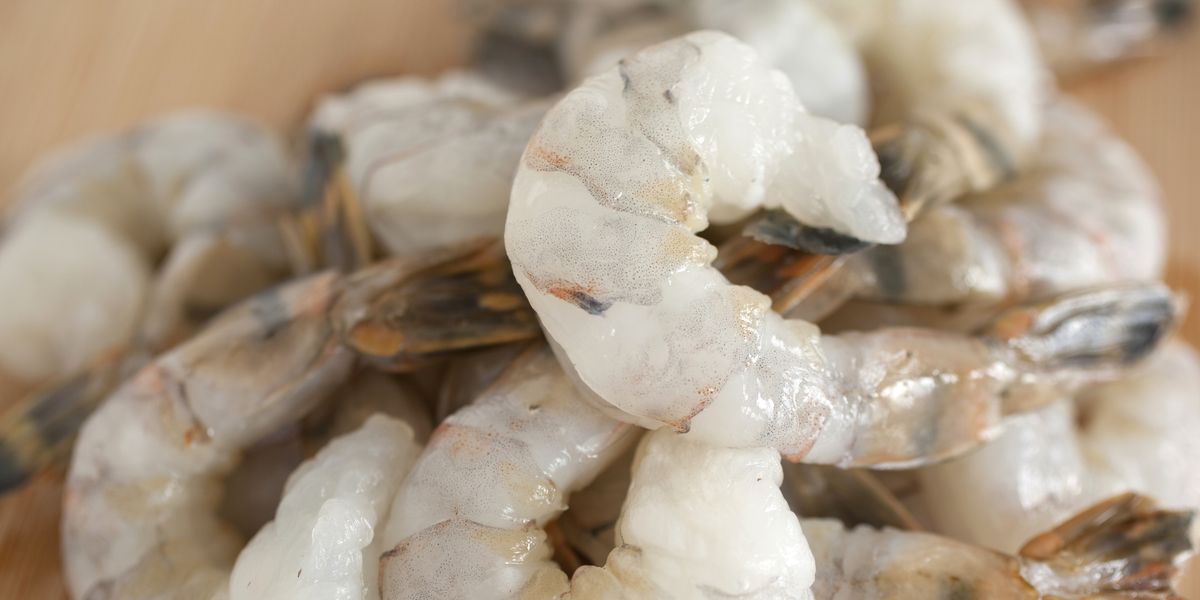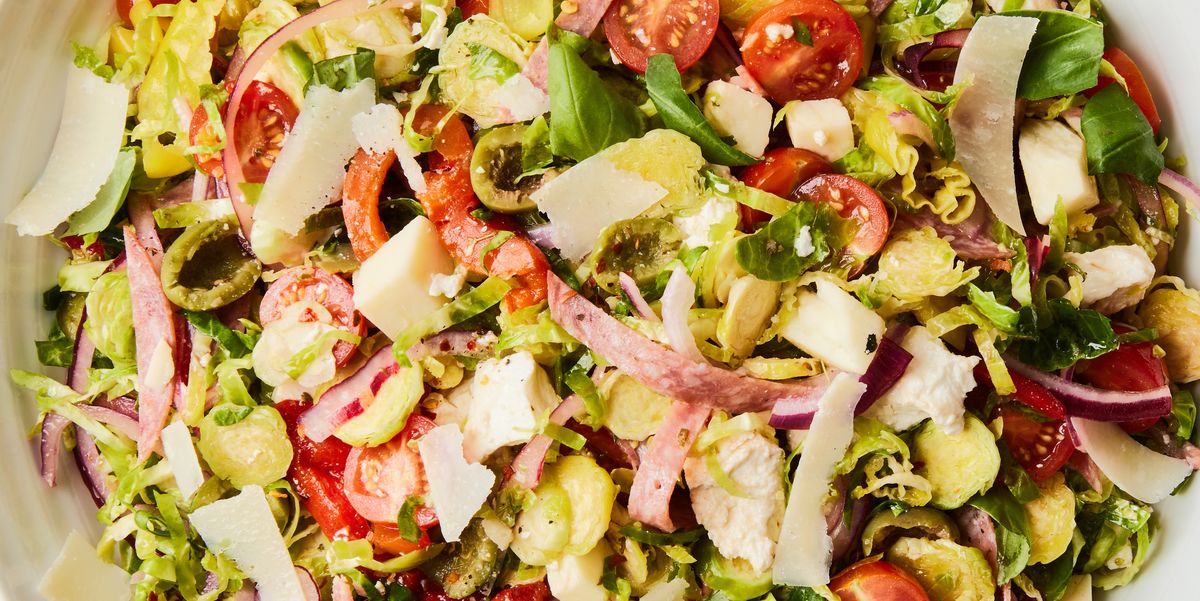
Shrimp is just the best. It’s a great addition to
salads and sushi, but you might be wondering if it’s safe to eat raw. We went to a food safety expert to fill us in on everything we need to know about raw shrimp.
Can You Eat Raw Shrimp?
Yes, you can eat raw shrimp, but it’s not necessarily the safest choice. “From a food-safety standpoint, it’s better to avoid eating raw shrimp,” said Katie Heil, Certified Professional in Food Safety and content manager at Certus. With any raw seafood or animal product, there’s the potential to contract a foodborne illness, she said.
The FDA recommends cooking fish and shellfish, which can kill bacteria. And most seafood should be cooked to an internal temperature of 145 degrees. But if you do decide to eat raw fish, Heil has some suggestions to help keep you safe.
“If you do eat raw shrimp, the shrimp should come from a government-regulated business that appropriately freezes them to kill parasites,” she said. “Businesses that offer raw, ready-to-eat fish (including shrimp) should keep records of the temperature to which the fish are frozen and how long they are stored at that temperature.”
Using the 2022 FDA Food Code, Heil offered guidelines for freezing and storage times for raw, ready-to-eat seafood. It seems the colder the temperature that fish is stored at, the less storage time it needs. According to Heil, seafood frozen at -4°F or below and stored for at least seven days, while seafood frozen at -31°F or below until solid needs to be stored for at and stored at least 15 hours. And at -31°F or below until solid and stored at -4°F or below, fish needs to stored for at least 24 hours.
Is Ceviche And Aguachile Safe To Eat?
Ceviche and aguachile is made by marinating raw fish in citrus juices. Although this doesn’t actually cook the fish, according to America’s Test Kitchen, the marinade does provide an antimicrobial effect. They note that it’s not as effective as heat, though, so you should treat it as if it’s raw fish.


















Leave a Reply